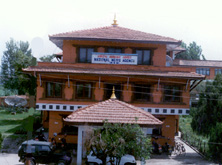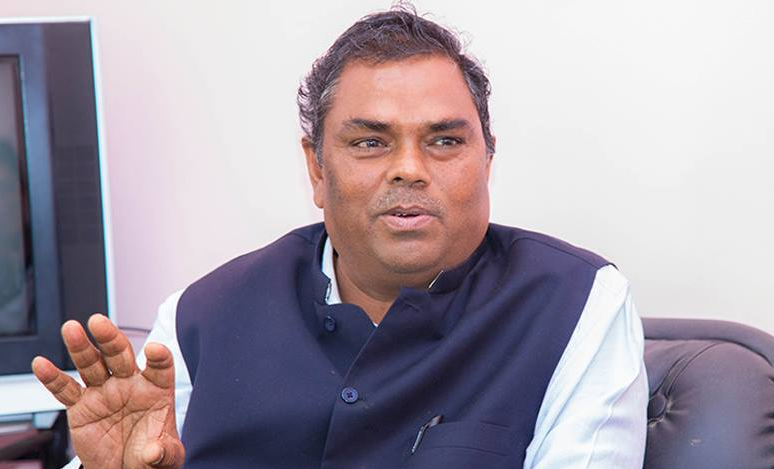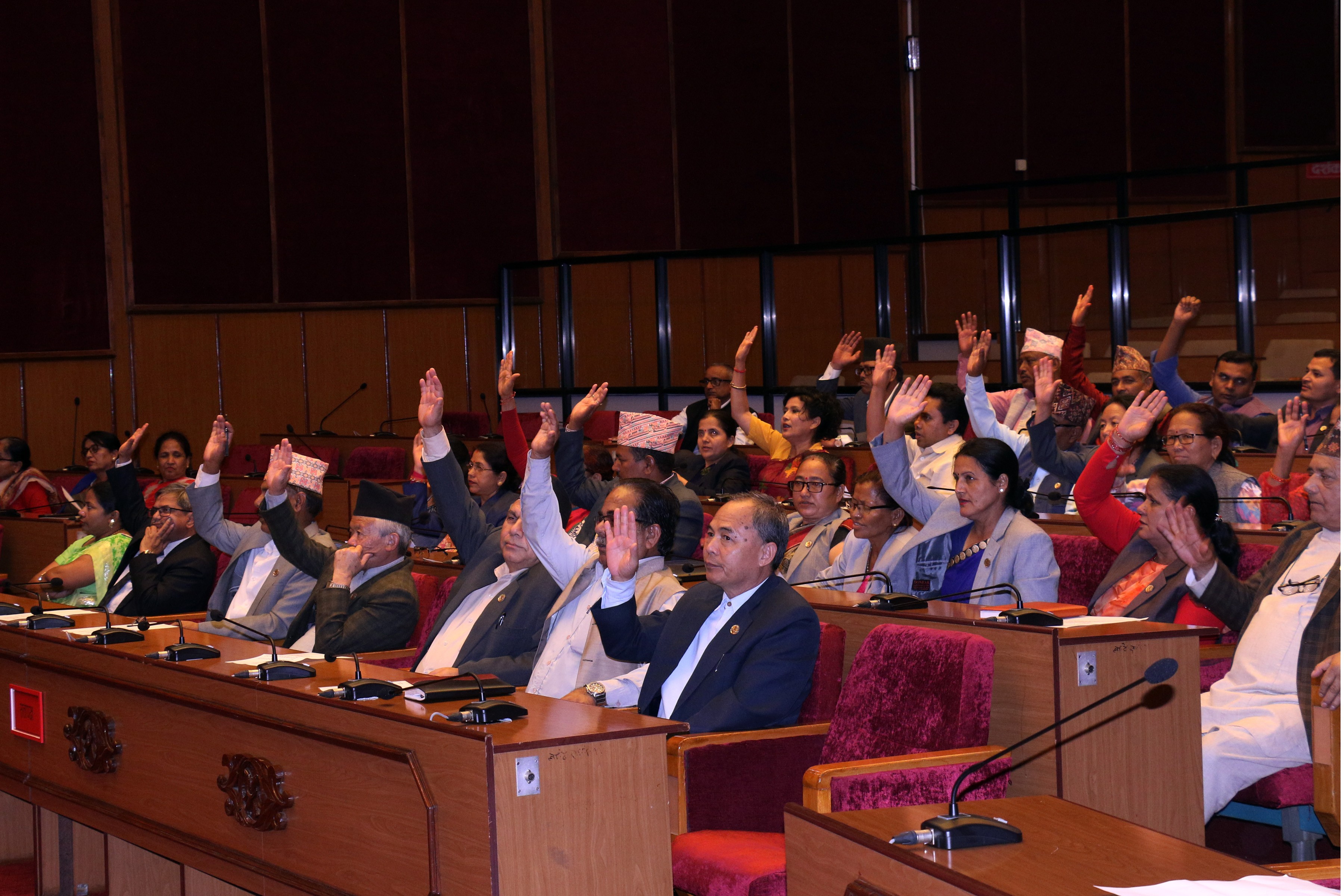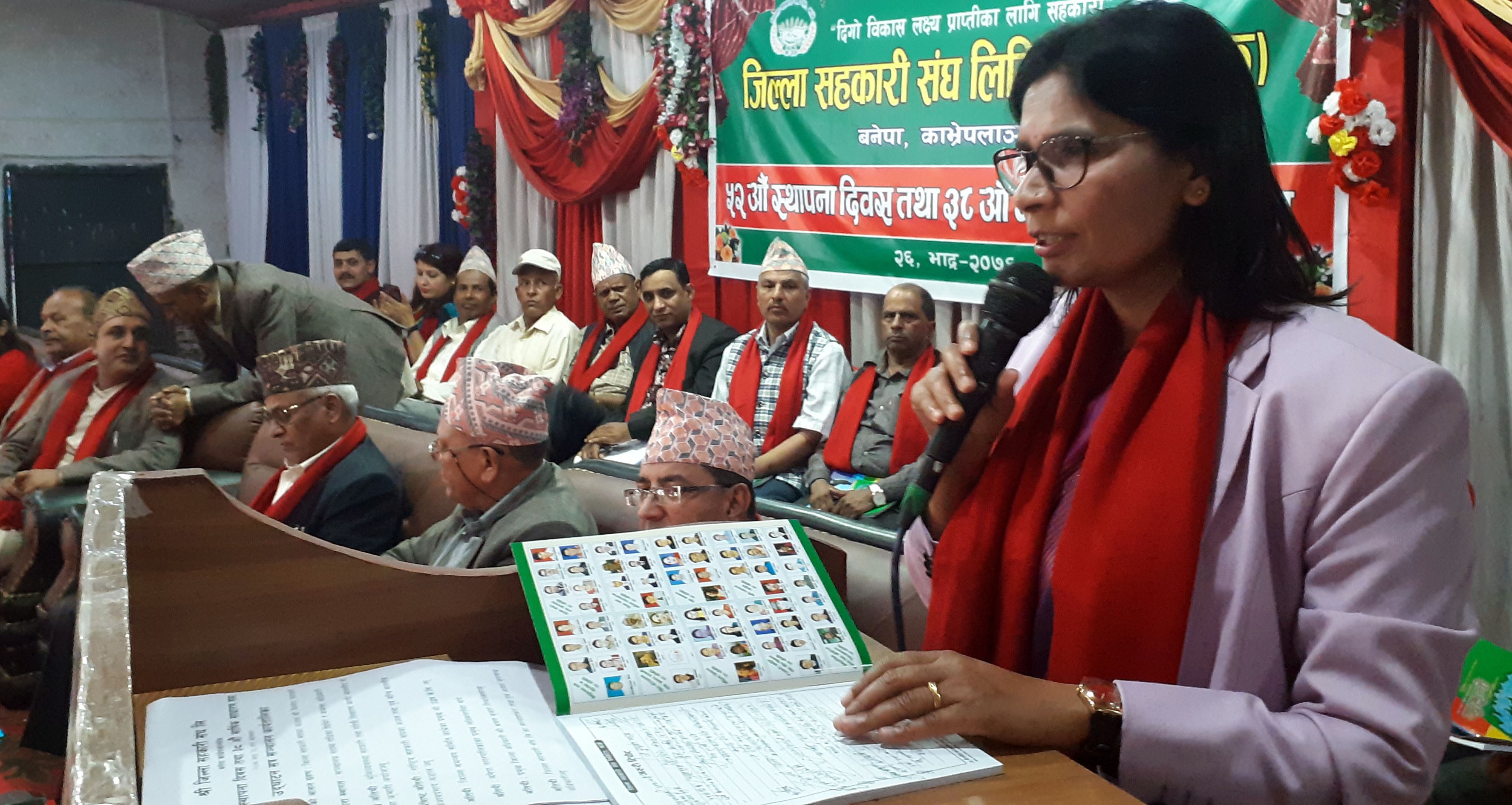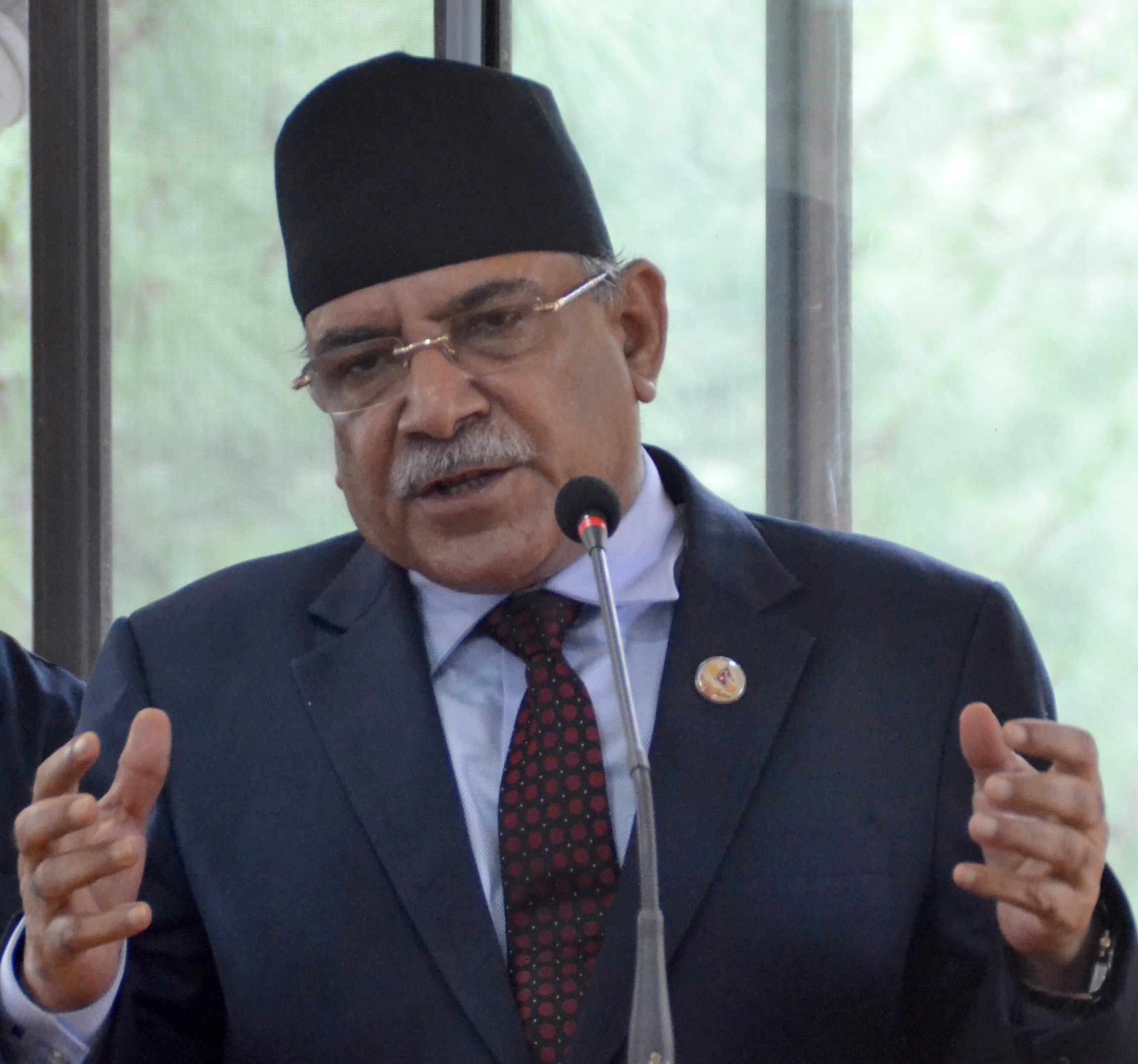Chhath festival begins today with 'Nahay Khay'
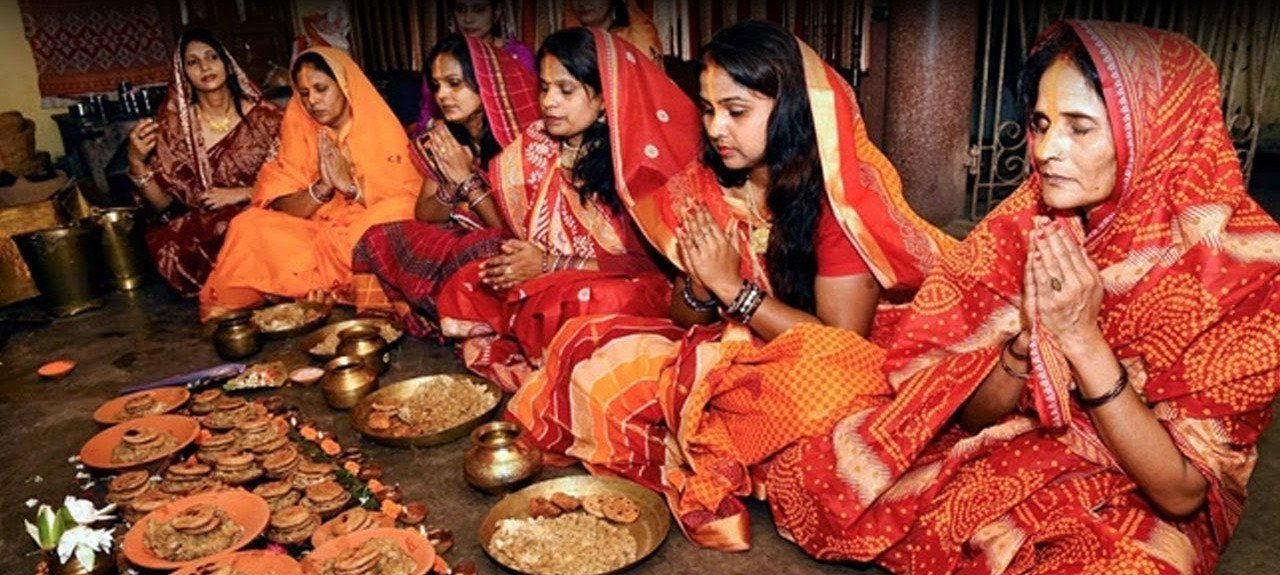
Majottari, Nov 8: Fervour of the Chhath festival has gripped the Mithila region now. People's mobility has increased in and around the region ahead of the four-day grand festival where the 'Sun God' is worshipped with devotion.
The devotees begin the festival from today onward with 'Nahay Khay'. They have adopted 'Araba Arabain' method on Sunday by giving up impure food such as boiled rice, millet, lintel and flesh on the third day of Kartik Shukla.
There is a tradition that fasting starts on the third day after consuming the regular meal. Songs are being chanted signifying the Sun God and Chhathi Devi (Goddess) now in the Mithila region.
Devotees commented that they are free to celebrate the Chhath festival this time with the declines in the cases of coronavirus.
The celebrations were muted last years due to the fear of the COVID-19 pandemic, devotees recalled, adding now they are euphoric to mark the grand festive celebration without hesitation.
With the advent of the Chhath, the Mithila-based ponds and river premises having religious importance are decorated as bride.
Though there is a traditional belief that devotees, irrespective of gender, can observe fasting in the Chhath, mostly women are seen taking fast and worship the Sun God.
On the fourth day today that marks the beginning of the Chhath celebrations, devotees take their holy dip and only eat pure food items with a resolution for rigorous fasting. This method is named as 'Nahay Khay'.
The festival has increased busy mobility of the people in marketplaces and public areas. Devotees are seen busy in managing materials for Chhath celebrations across the Mithila region. The Chhath festival is being observed as a common cultural symbol of Tarai/Madhes. day.
The festive fanfare has been seen in different parts including Ranipokhari, Gaurighat, Kupondole of Kathmandu Valley as well.
The festival is dedicated to the Sun God, with offerings made to the rising and setting Sun. It is observed for four days, from Kartik Shukala Chaturthi to Kartik Shukla Saptami as per the lunar calendar. It usually falls between October and November in the Gregorian calendar.
The Sun considered as the God of energy and of the life-force, is worshiped during the Chhath festival to promote well-being, prosperity and progress.
The ritual of Chhath festival includes taking holy bath, fasting and worshiping the Sun for a long time and offering prasad and argha (curd) to the ‘Rising and Setting Sun'. Chhath is a festival of bathing and worshipping that follows a period of abstinence and segregation of the worshiper from the main household for four days. During this period, the worshiper observes purity, and sleeps on the floor on a single blanket.
The devotees offer their prayers to the setting sun, and then the rising sun in celebrating its glory as the cycle of birth starts with death. It is seen as the most glorious form of Sun worship.
Recent News

Do not make expressions casting dout on election: EC
14 Apr, 2022
CM Bhatta says may New Year 2079 BS inspire positive thinking
14 Apr, 2022
Three new cases, 44 recoveries in 24 hours
14 Apr, 2022
689 climbers of 84 teams so far acquire permits for climbing various peaks this spring season
14 Apr, 2022
How the rising cost of living crisis is impacting Nepal
14 Apr, 2022
US military confirms an interstellar meteor collided with Earth
14 Apr, 2022
Valneva Covid vaccine approved for use in UK
14 Apr, 2022
Chair Prachanda highlights need of unity among Maoist, Communist forces
14 Apr, 2022
Ranbir Kapoor and Alia Bhatt: Bollywood toasts star couple on wedding
14 Apr, 2022
President Bhandari confers decorations (Photo Feature)
14 Apr, 2022
